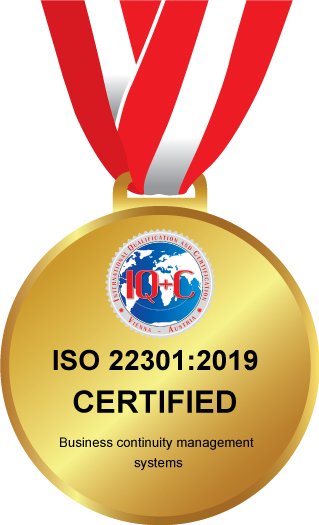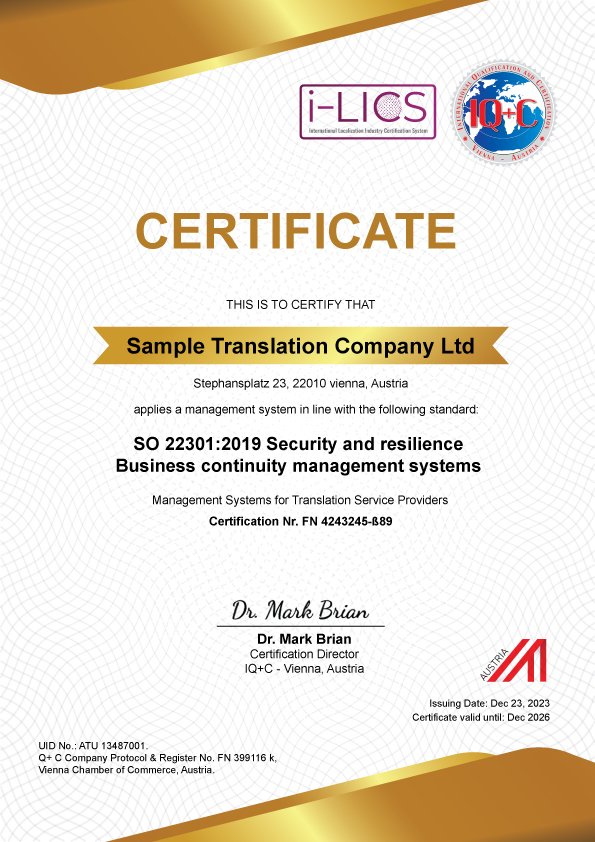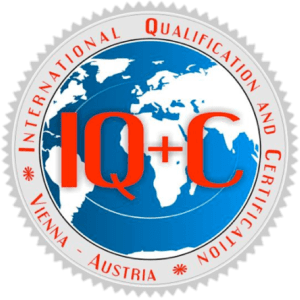ISO 22301:2019 Security and resilience - Business continuity management systems
ISO 22301:2019 is the international standard for business continuity management systems (BCMS). It provides a framework for organizations to prepare for, respond to, and recover from disruptive incidents. This standard helps ensure that organizations can continue operating during and after a disruption. Here are the key aspects of ISO 22301:2019:
Key Principles of ISO 22301:2019
- Business Continuity Management: Establishes processes to ensure the continuity of operations during and after disruptions.
- Leadership and Commitment: Requires top management involvement and commitment to the BCMS.
- Context of the Organization: Considers the internal and external factors that affect business continuity.
- Risk-Based Approach: Focuses on identifying and managing risks that could impact business continuity.
- Resilience and Recovery: Emphasizes building organizational resilience and ensuring rapid recovery from disruptions.
- Continual Improvement: Encourages ongoing improvement of the BCMS.
Ready to find out more?
Contact Us and book a strategic meeting to discuss the details of a Certification Audit. This free meeting session is only for organizations, not for freelancers
Major Elements of ISO 22301:2019
- Context of the Organization: Understand the organization and its context, including the needs and expectations of interested parties.
- Leadership: Demonstrate leadership and commitment by integrating business continuity into business processes.
- Planning: Identify risks and opportunities, establish business continuity objectives, and plan actions to achieve them.
- Support: Provide resources, competence, awareness, and communication necessary for the BCMS.
- Operation: Implement business continuity plans and procedures.
- Performance Evaluation: Monitor, measure, analyze, and evaluate the performance of the BCMS.
- Improvement: Identify and implement opportunities for continual improvement.
Benefits of ISO 22301:2019
- Enhanced Resilience: Improved ability to respond to and recover from disruptions.
- Reduced Downtime: Minimized downtime during and after disruptions, ensuring continuity of critical business functions.
- Increased Trust: Demonstrates a commitment to business continuity to customers, partners, and stakeholders.
- Regulatory Compliance: Helps meet legal and regulatory requirements related to business continuity.
- Improved Risk Management: Proactively manages risks to business continuity.
- Operational Efficiency: Streamlines processes and enhances organizational resilience.
- Continual Improvement: Encourages ongoing improvement of business continuity practices and the BCMS.
Implementation Steps
- Conduct a Business Impact Analysis (BIA): Identify critical business functions and the impact of disruptions.
- Risk Assessment: Identify and evaluate risks to business continuity.
- Gap Analysis: Compare current practices with ISO 22301:2019 requirements to identify gaps.
- Develop an Implementation Plan: Create a plan to address gaps and meet the standard’s requirements.
- Engage Leadership: Ensure top management is committed and involved in the BCMS.
- Establish a Business Continuity Policy: Develop and communicate a business continuity policy.
- Set Objectives and Targets: Establish measurable business continuity objectives and targets.
- Develop and Implement Plans and Procedures: Create and implement business continuity plans and procedures to manage disruptions.
- Training and Awareness: Train employees and raise awareness about business continuity practices.
- Test and Exercise Plans: Regularly test and exercise business continuity plans to ensure effectiveness.
- Monitor and Measure: Track the performance of the BCMS and progress toward objectives.
- Internal Audit: Conduct internal audits to ensure compliance and identify areas for improvement.
- Management Review: Perform management reviews to assess the BCMS and make decisions on improvements.
- Certification Audit: Undergo an external audit by a certification body to achieve certification.
Certification Milestones
-
Free strategic meeting
-
Your tailored proposal
-
Confirmation
-
Stage 1 Audit date
-
Stage 2 Audit date (Certification)
-
Obtain your Certificate



